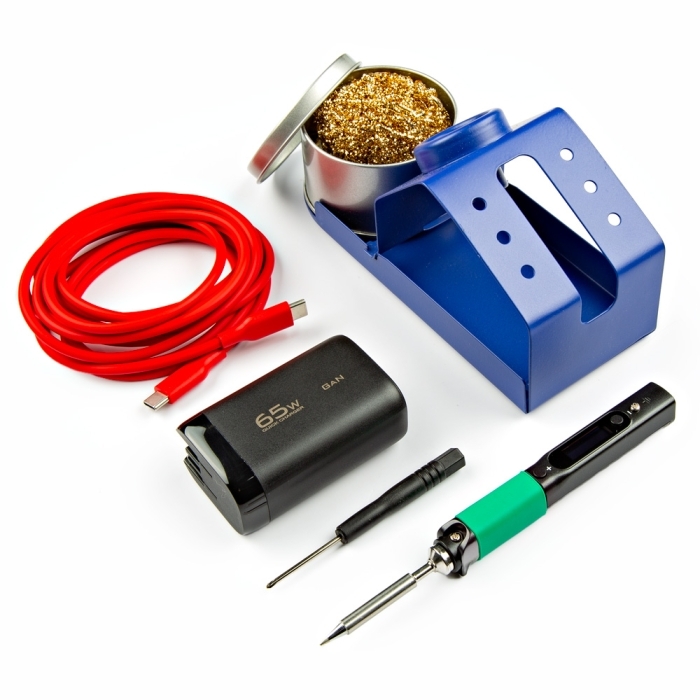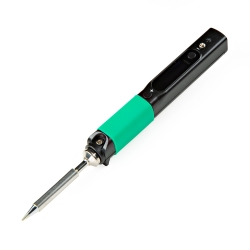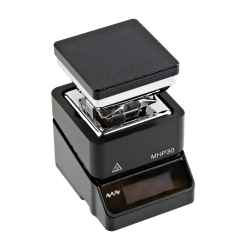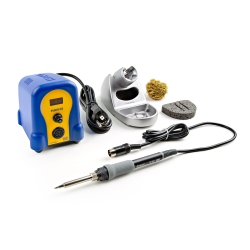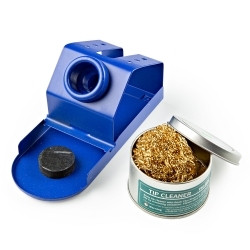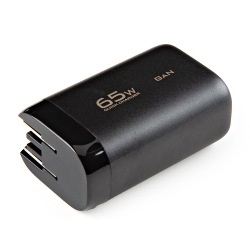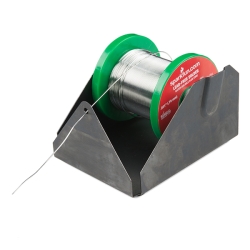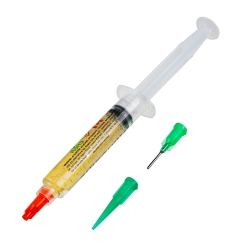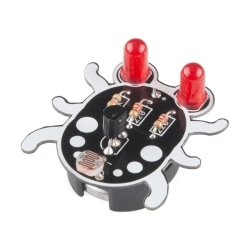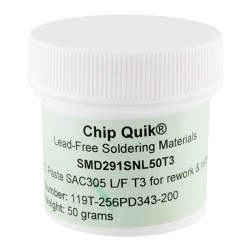PINECIL Soldering Iron Kit
The PINECIL Soldering Iron Kit provides a compact powerhouse and everything you need to ignite your DIY dream.
Product Overview
The PINECIL Soldering Iron Kit provides a compact powerhouse and everything you need to ignite your DIY dream. Inside, you'll find the game-changing PINECIL iron, renowned for its lightning-fast heat-up and pinpoint precision. A premium USB-C cable also ensures seamless power, while a sturdy soldering stand and brass sponge keep your workspace organized and safe. A PD wall adapter is included to extend your soldering sessions, ready to fuel your creative marathon. With everything in one place, the PINECIL Soldering Iron Kit empowers you to craft, repair, and personalize like never before.
The PINECIL is a smart mini portable soldering iron with a 32-bit RISC-V SoC featuring a sleek design and a built-in IMU for auto standby. It heats up to an operating temperature in just six seconds! The adjustable soldering tip temperature can be set between 100° C and 400° C using the adjustment buttons around the easy-to-read OLED display.
Includes:
Customer Reviews


